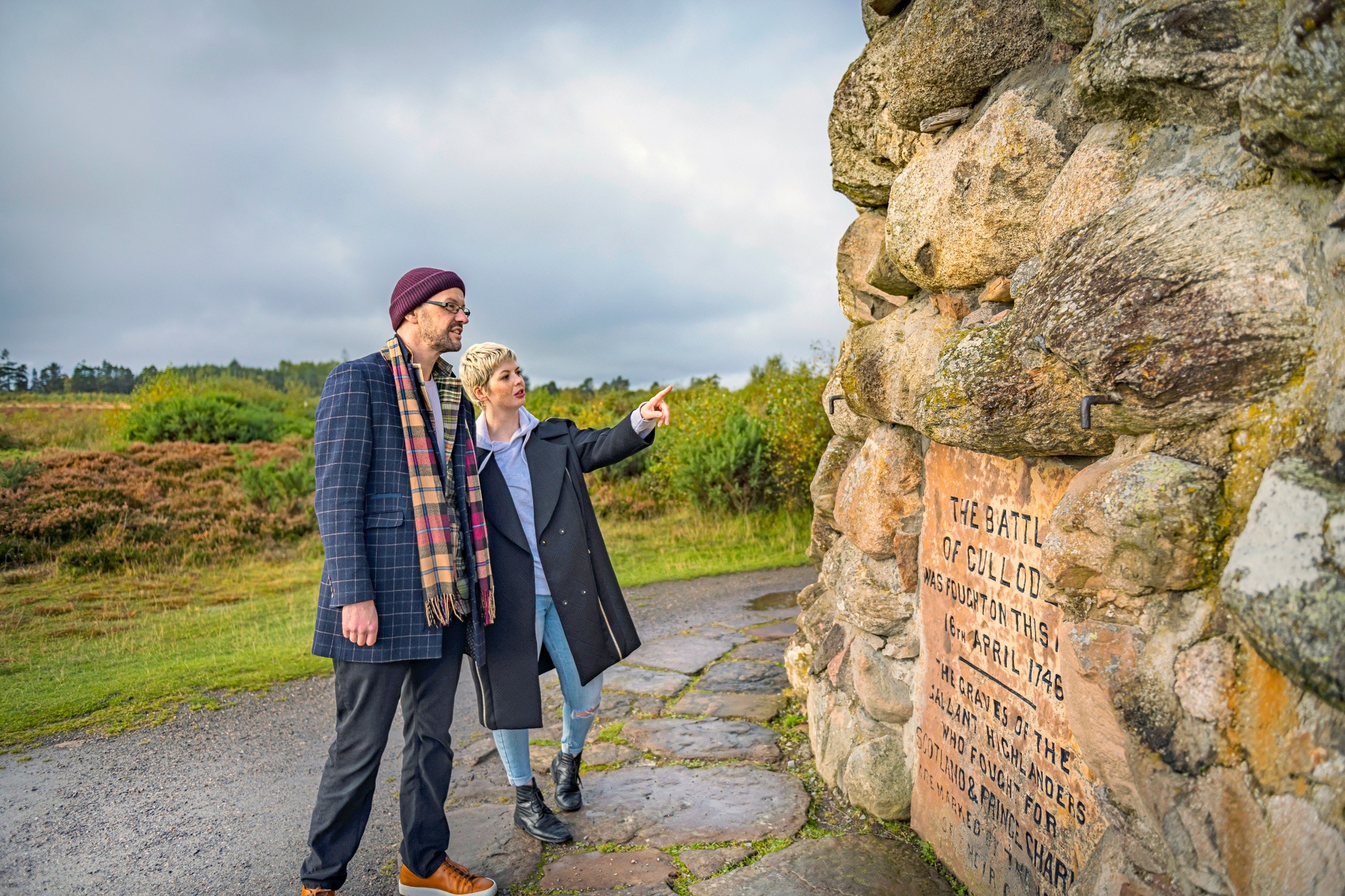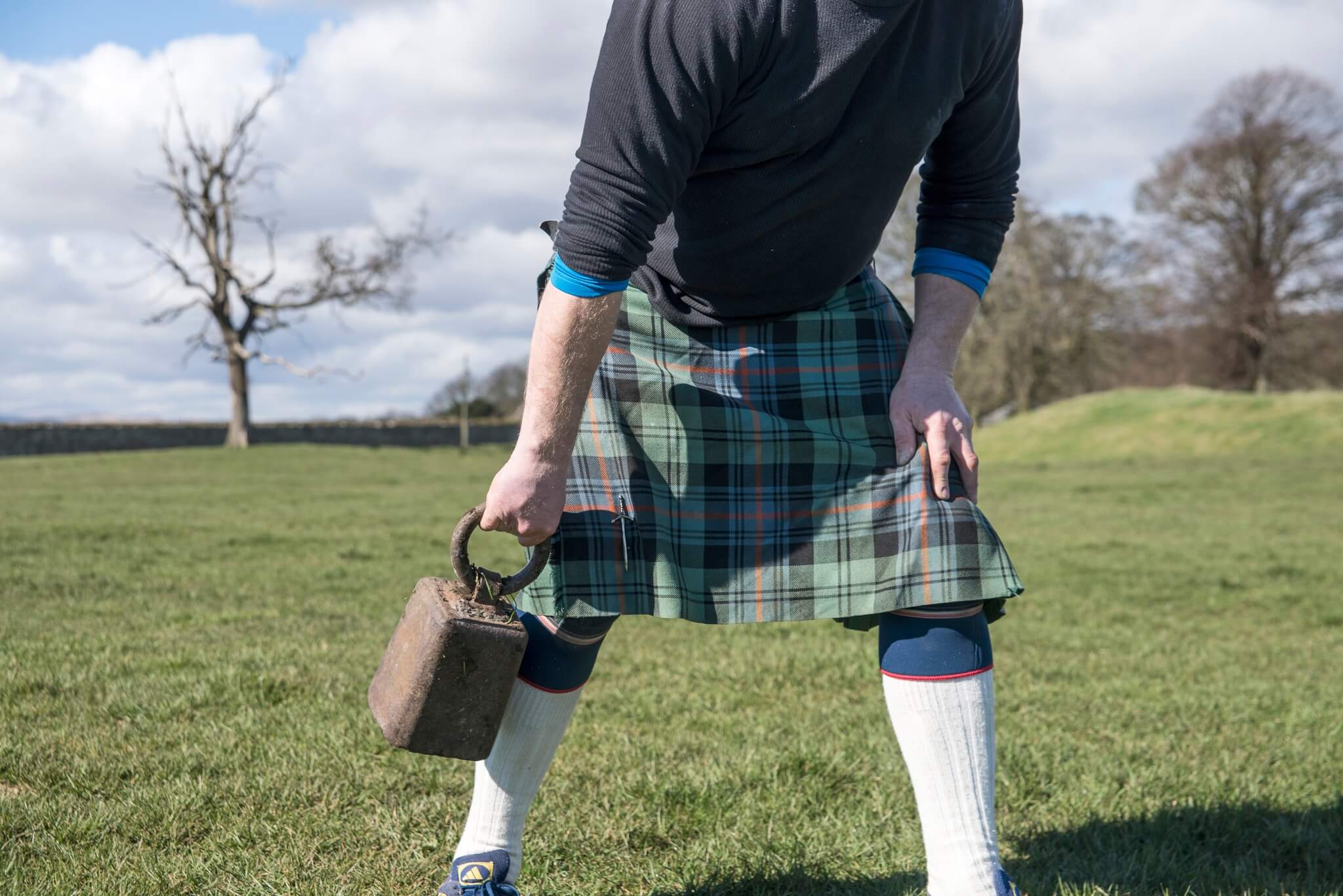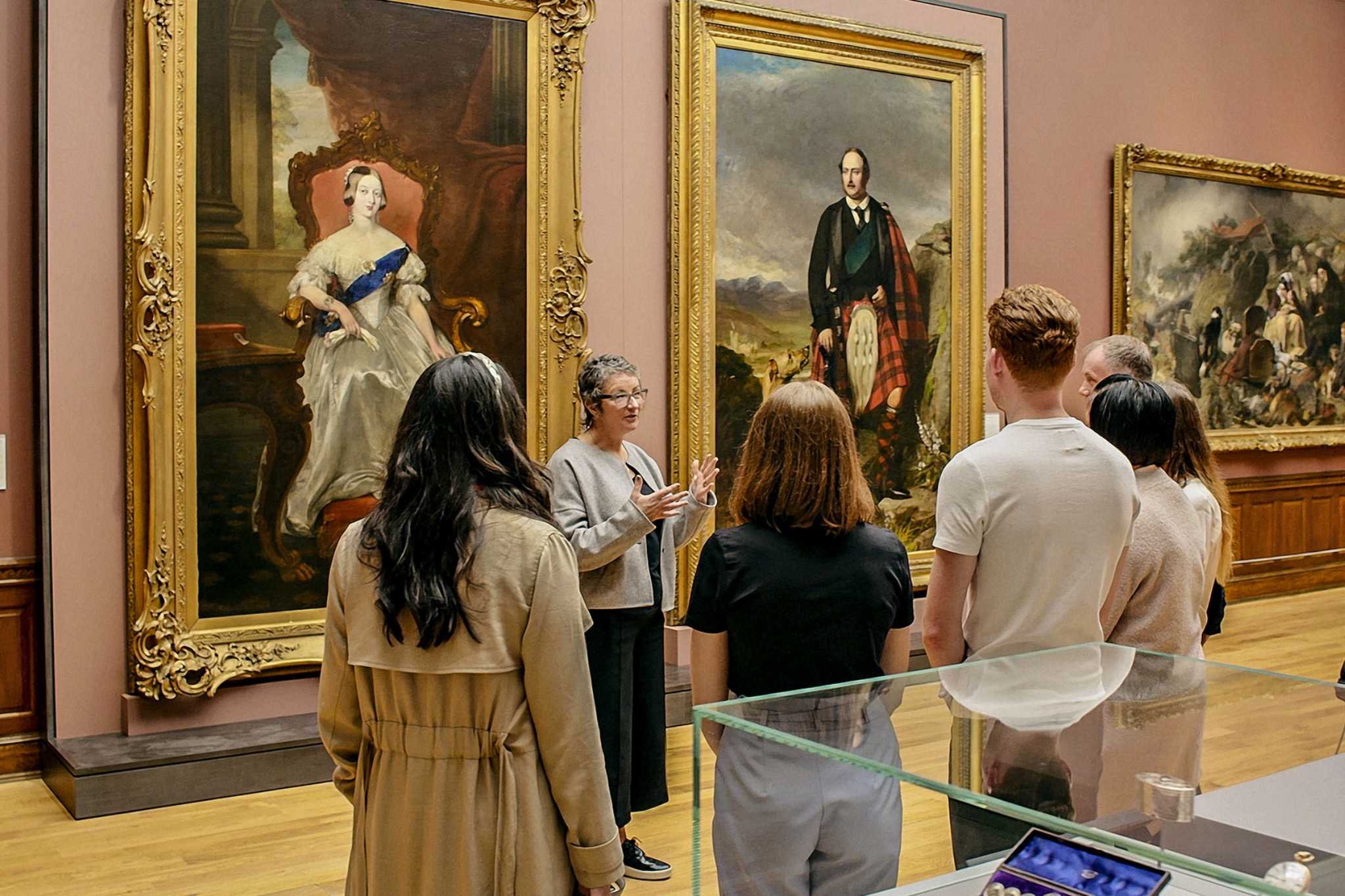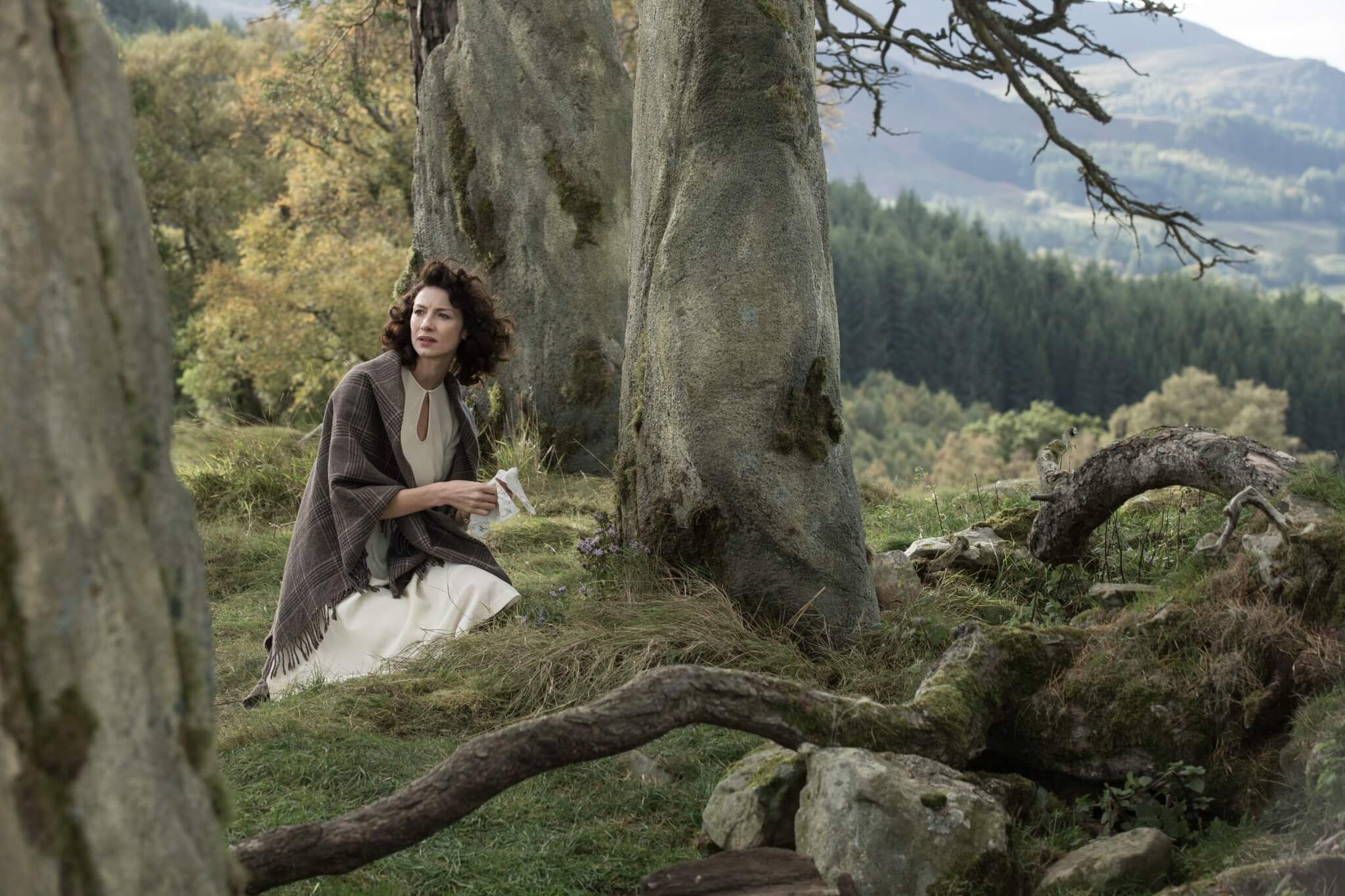- Home
- Things to do
- Attractions
- History & Heritage
Historic Attractions in Scotland
If there's one thing we could really go on and on about, it's Scotland's history. But don't worry, it is certainly not boring - it's just that it stretches back thousands and thousands of years, meaning there is plenty to cover! Behind the famous buildings in Scotland there are some great stories - which hopefully you'll hear when you visit these Scottish heritage sites.
Stirling Castle
Historic attractions in Scotland
Excite your curiosity at these historical sites across Scotland. From Neolithic villages to historic abbeys, get a glimpse of life in eras gone by.
Sorry, something's gone wrong. We can't display this content at the moment.
JavaScript needs to be enabled to watch this video. You can turn this on in your browser settings.
_75244381.jpg
)
Sorry, something's gone wrong. We can't display this content at the moment.
JavaScript needs to be enabled to watch this video. You can turn this on in your browser settings.
Rosslyn Chapel
The ornate stonework and mysterious symbolism of the chapel are guaranteed to inspire visitors.
Sorry, something's gone wrong. We can't display this content at the moment.
JavaScript needs to be enabled to watch this video. You can turn this on in your browser settings.
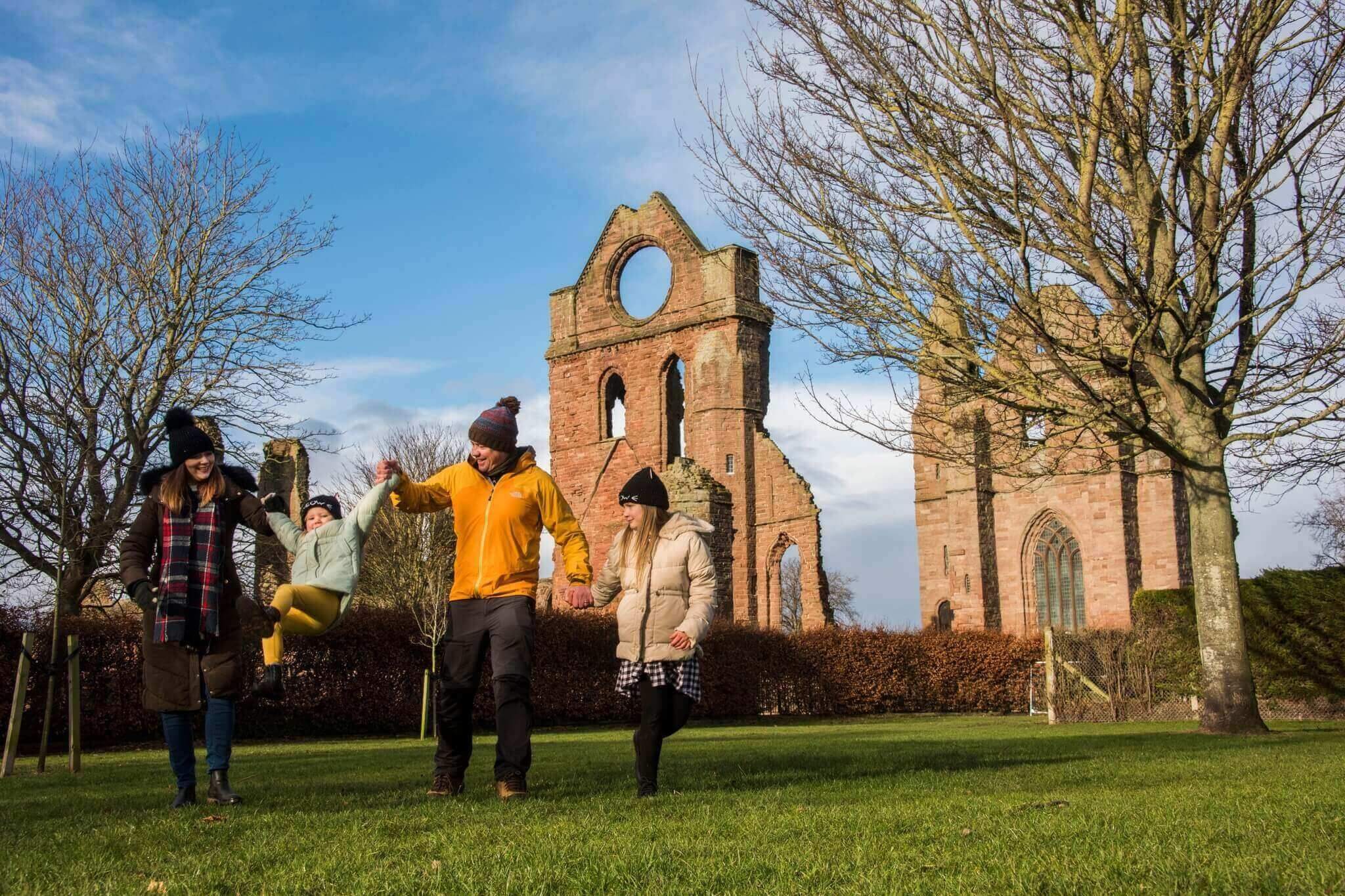
Sorry, something's gone wrong. We can't display this content at the moment.
JavaScript needs to be enabled to watch this video. You can turn this on in your browser settings.
Arbroath Abbey
Explore the substantial ruins of a Tironensian monastery
Sorry, something's gone wrong. We can't display this content at the moment.
JavaScript needs to be enabled to watch this video. You can turn this on in your browser settings.
Sorry, something's gone wrong. We can't display this content at the moment.
JavaScript needs to be enabled to watch this video. You can turn this on in your browser settings.
The Blackhouse, Arnol
This traditional Lewis thatched house is fully furnished, complete with an attached barn, byre and stackyard.
Sorry, something's gone wrong. We can't display this content at the moment.
JavaScript needs to be enabled to watch this video. You can turn this on in your browser settings.
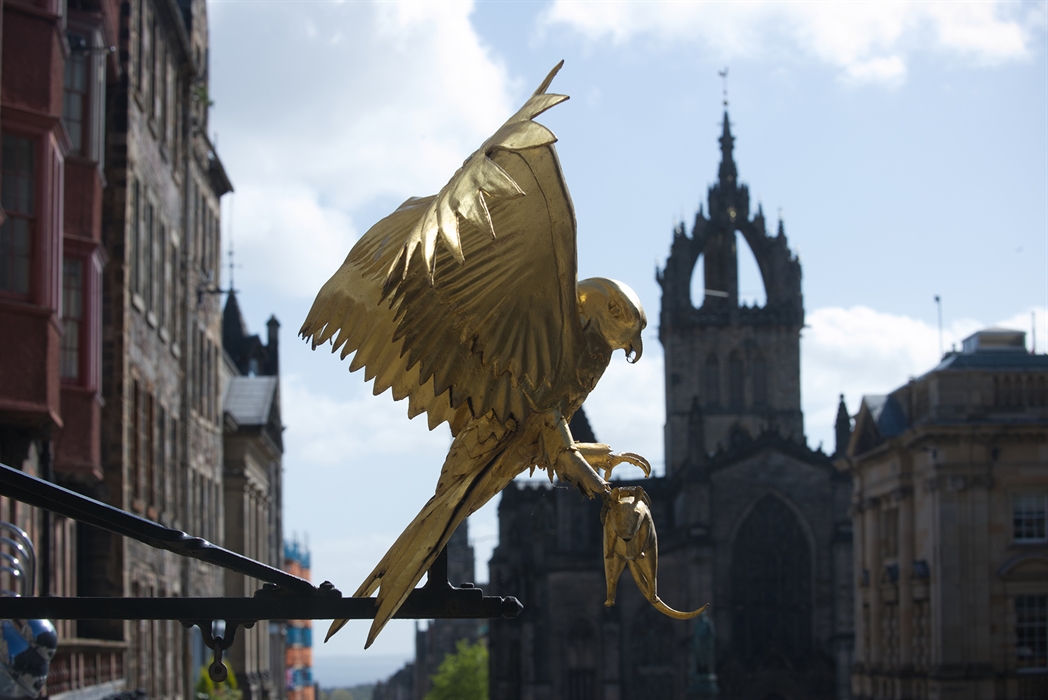
Sorry, something's gone wrong. We can't display this content at the moment.
JavaScript needs to be enabled to watch this video. You can turn this on in your browser settings.
Gladstone's Land
The historic townhouse in Edinburgh takes you through three centuries of Gladstone’s Land history.
Sorry, something's gone wrong. We can't display this content at the moment.
JavaScript needs to be enabled to watch this video. You can turn this on in your browser settings.
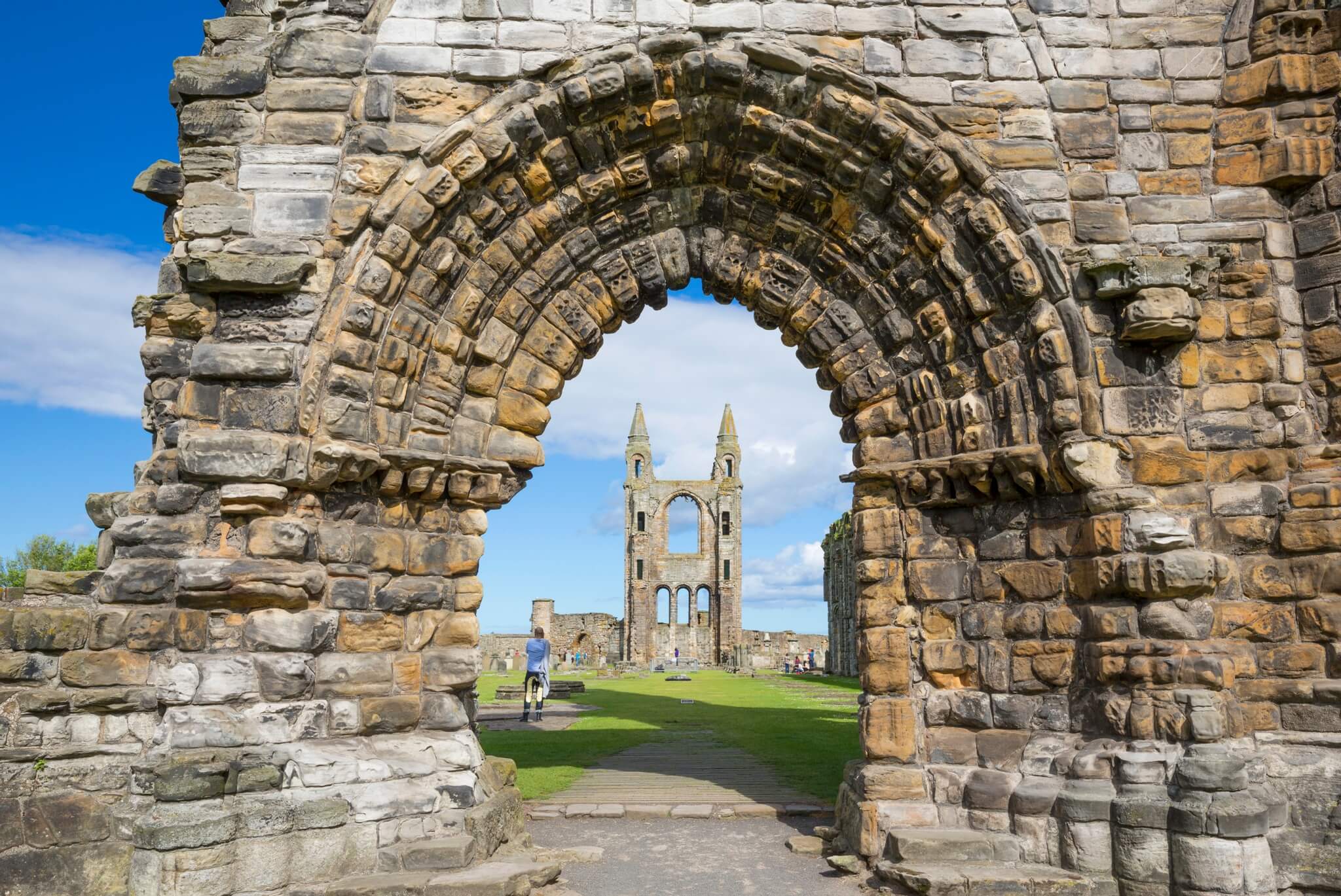
Sorry, something's gone wrong. We can't display this content at the moment.
JavaScript needs to be enabled to watch this video. You can turn this on in your browser settings.
St Andrews Cathedral
Visit the remains of St Andrews Cathedral, which was once Scotland’s largest cathedral and most magnificent church.
Sorry, something's gone wrong. We can't display this content at the moment.
JavaScript needs to be enabled to watch this video. You can turn this on in your browser settings.
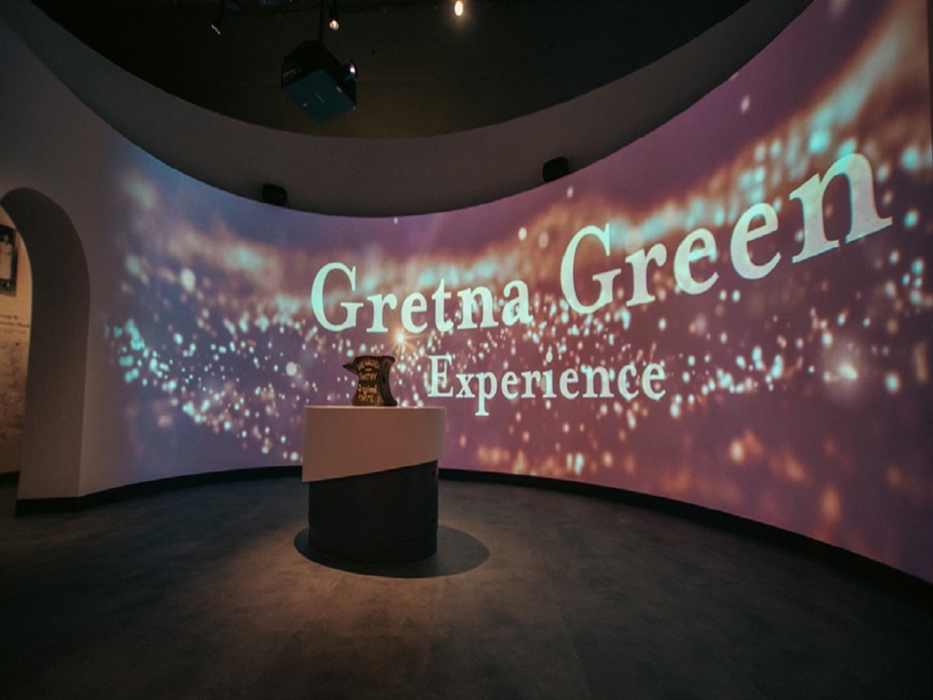
Sorry, something's gone wrong. We can't display this content at the moment.
JavaScript needs to be enabled to watch this video. You can turn this on in your browser settings.
Famous Blacksmiths Gretna Green Experience
Dive into the history of true love at the Famous Blacksmiths Shop at Gretna Green.
Sorry, something's gone wrong. We can't display this content at the moment.
JavaScript needs to be enabled to watch this video. You can turn this on in your browser settings.
Sorry, something's gone wrong. We can't display this content at the moment.
JavaScript needs to be enabled to watch this video. You can turn this on in your browser settings.
Castles & Battlefields Accessible Highlights Guide
Read about Scotland's most accessible castles and battlefields by Euan's guide
Sorry, something's gone wrong. We can't display this content at the moment.
JavaScript needs to be enabled to watch this video. You can turn this on in your browser settings.
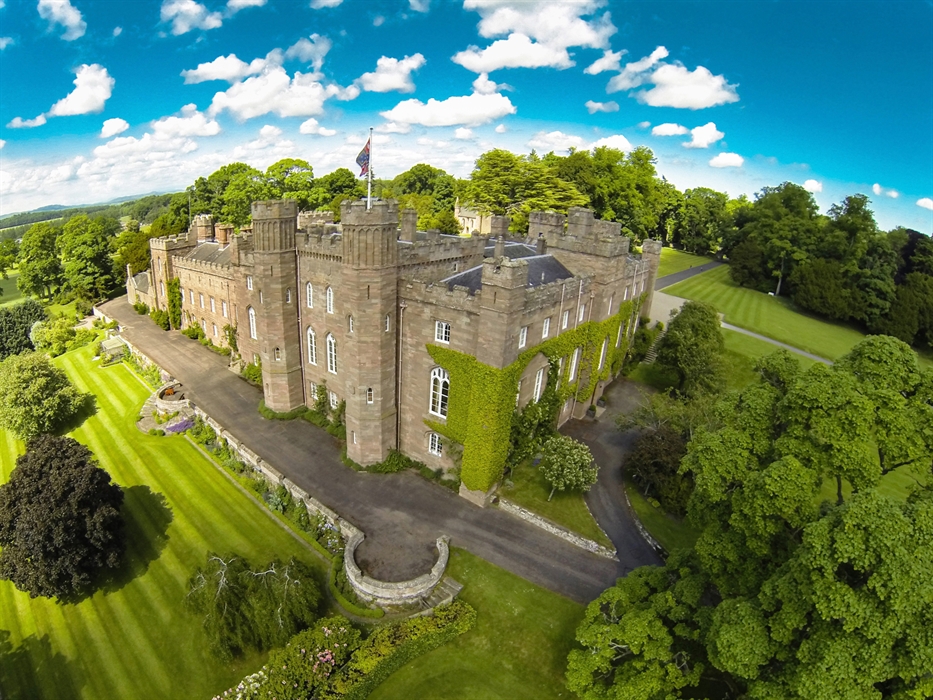
Sorry, something's gone wrong. We can't display this content at the moment.
JavaScript needs to be enabled to watch this video. You can turn this on in your browser settings.
Scone Palace
Scone Palace was the crowning place of Scottish kings where Macbeth, Robert the Bruce and Charles II were crowned on the Stone of Destiny.
Landmarks and monuments in Scotland
Scotland's landmarks entice visitors from near and far. Whether you want to photograph some ruins or climb to the top of a historic monument, you really are spoilt for choice.
Sorry, something's gone wrong. We can't display this content at the moment.
JavaScript needs to be enabled to watch this video. You can turn this on in your browser settings.
Sorry, something's gone wrong. We can't display this content at the moment.
JavaScript needs to be enabled to watch this video. You can turn this on in your browser settings.
The National Wallace Monument
An outstanding landmark and one of Stirling’s most striking visits - commemorating the life of Sir William Wallace
Sorry, something's gone wrong. We can't display this content at the moment.
JavaScript needs to be enabled to watch this video. You can turn this on in your browser settings.
Sorry, something's gone wrong. We can't display this content at the moment.
JavaScript needs to be enabled to watch this video. You can turn this on in your browser settings.
Antonine Wall
The Antonine Wall was an ambitious engineering project which once struck fear and dread into the hearts of the people of Scotland.
Sorry, something's gone wrong. We can't display this content at the moment.
JavaScript needs to be enabled to watch this video. You can turn this on in your browser settings.
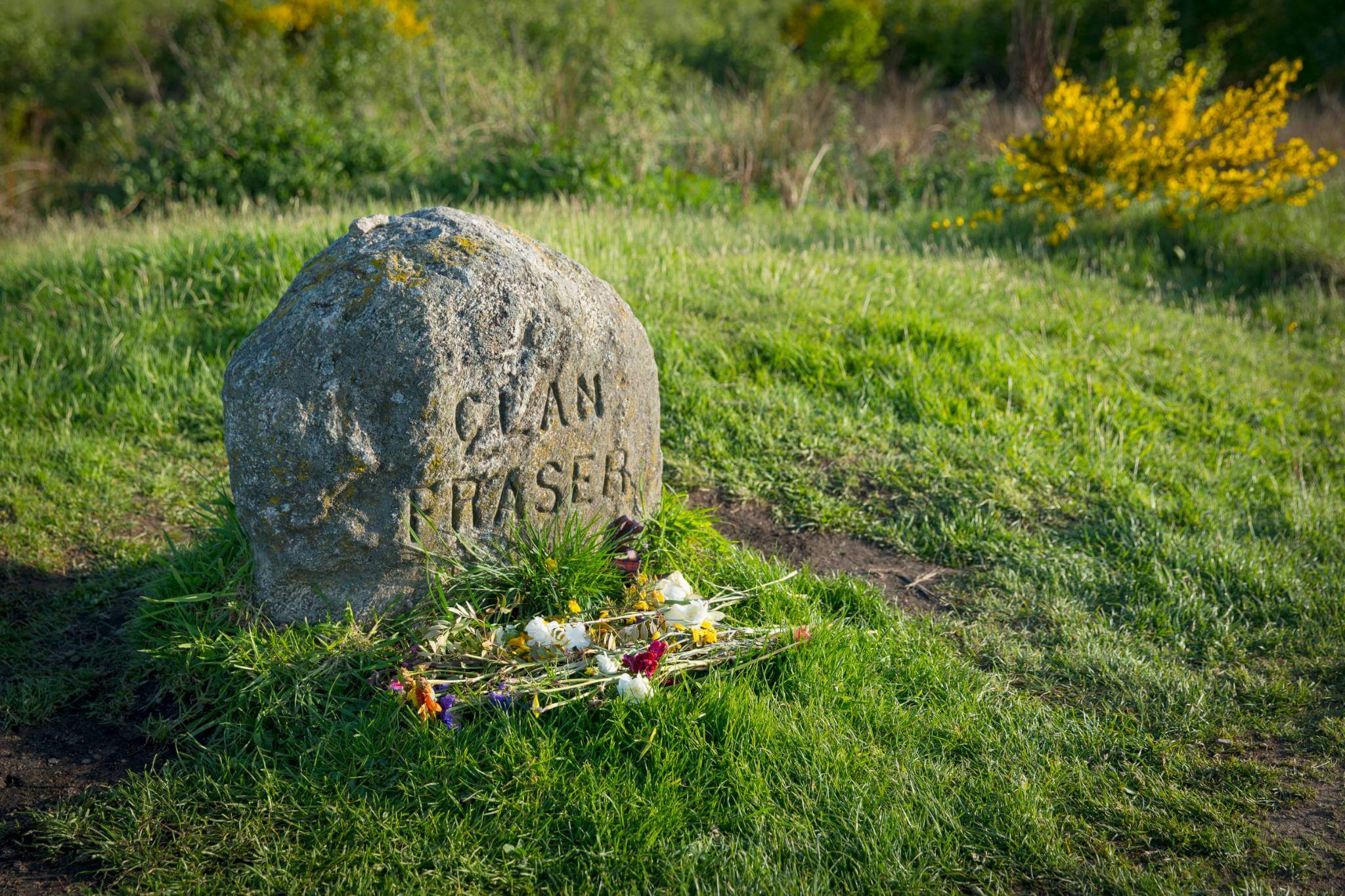
Sorry, something's gone wrong. We can't display this content at the moment.
JavaScript needs to be enabled to watch this video. You can turn this on in your browser settings.
Culloden Battlefield
Visit the powerfully moving site of the final Jacobite Rising – the last and most harrowing pitched battle to be fought on British soil.
Sorry, something's gone wrong. We can't display this content at the moment.
JavaScript needs to be enabled to watch this video. You can turn this on in your browser settings.
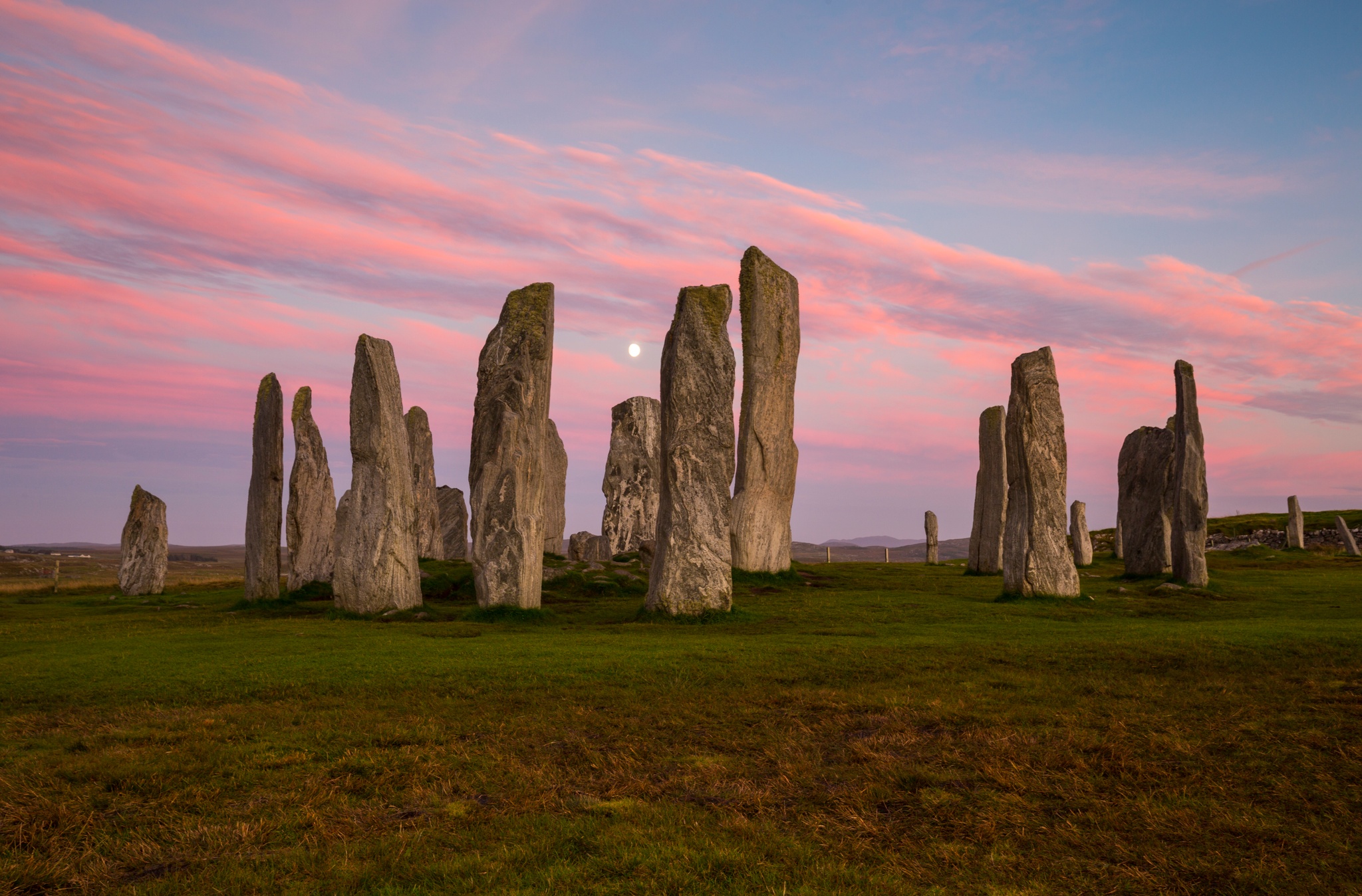
Sorry, something's gone wrong. We can't display this content at the moment.
JavaScript needs to be enabled to watch this video. You can turn this on in your browser settings.
Calanais Standing Stones
Located in the west coast of Lewis, the 5,000 year old Calanais Stones are famous all over the world.
Sorry, something's gone wrong. We can't display this content at the moment.
JavaScript needs to be enabled to watch this video. You can turn this on in your browser settings.
Sorry, something's gone wrong. We can't display this content at the moment.
JavaScript needs to be enabled to watch this video. You can turn this on in your browser settings.
Skara Brae
The Neolithic settlement of Skara Brae is one of the best preserved groups of prehistoric houses in Western Europe.
Sorry, something's gone wrong. We can't display this content at the moment.
JavaScript needs to be enabled to watch this video. You can turn this on in your browser settings.
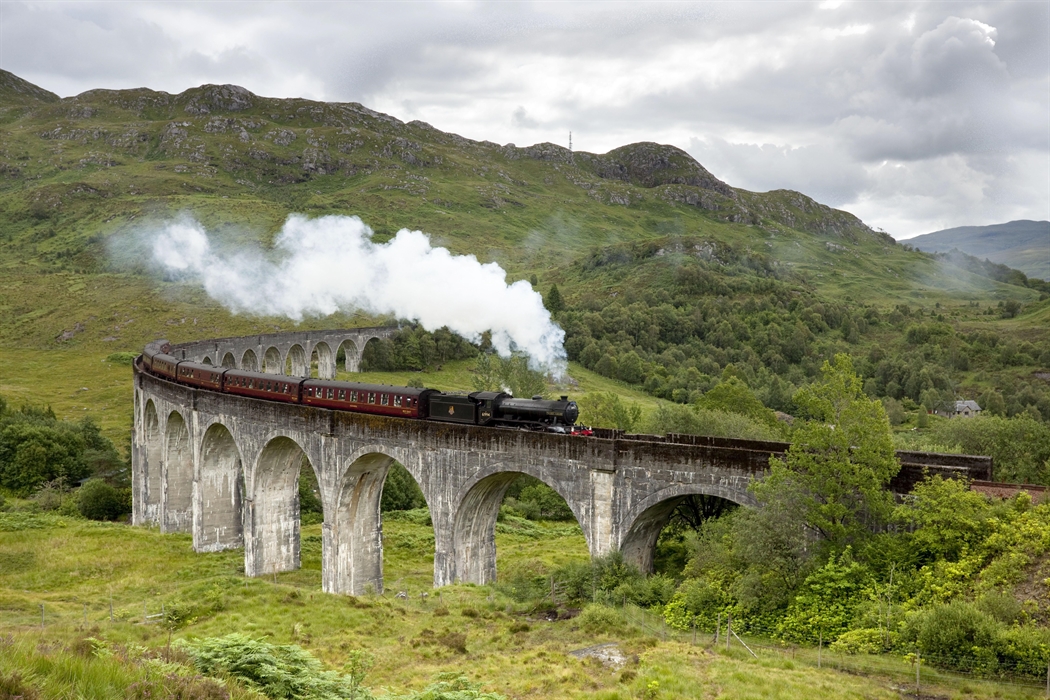
Sorry, something's gone wrong. We can't display this content at the moment.
JavaScript needs to be enabled to watch this video. You can turn this on in your browser settings.
Glenfinnan
Situated at the head of Loch Shiel, Glenfinnan attracts visitors from around the world to experience its stunning scenery.
Flowers in bloom in the gardens of Sir Walter Scott's Abbotsford House.
© Abbotsford House
Castles and palaces
Scotland is full of historical castles to discover, including medieval ruins perched on dramatic clifftops and oppulent baronial mansions,
What's New
Discover new ways to explore Scotland's complex and ancient history. Browse Museum Galleries Scotland's new interactive map, visit the Burrell Collection - winner of The Museum of the Year Award 2023 - and see the legendary Stone of Destiny at the new Perth Museum.
Sorry, something's gone wrong. We can't display this content at the moment.
JavaScript needs to be enabled to watch this video. You can turn this on in your browser settings.
Sorry, something's gone wrong. We can't display this content at the moment.
JavaScript needs to be enabled to watch this video. You can turn this on in your browser settings.
Facing Our Past
Take a look at the National Trust for Scotland project which looks at historic properties and their colonial connections
Sorry, something's gone wrong. We can't display this content at the moment.
JavaScript needs to be enabled to watch this video. You can turn this on in your browser settings.
Sorry, something's gone wrong. We can't display this content at the moment.
JavaScript needs to be enabled to watch this video. You can turn this on in your browser settings.
UNESCO trail
The first country in the world to bring together 13 UNESCO sites into one trail.
Sorry, something's gone wrong. We can't display this content at the moment.
JavaScript needs to be enabled to watch this video. You can turn this on in your browser settings.
Sorry, something's gone wrong. We can't display this content at the moment.
JavaScript needs to be enabled to watch this video. You can turn this on in your browser settings.
Museums Galleries Scotland map
Browse museums and galleries across Scotland with this interactive map
Sorry, something's gone wrong. We can't display this content at the moment.
JavaScript needs to be enabled to watch this video. You can turn this on in your browser settings.
Sorry, something's gone wrong. We can't display this content at the moment.
JavaScript needs to be enabled to watch this video. You can turn this on in your browser settings.
Scottish National Gallery reopening
Explore the newly refurbished Scottish Wing of the National Gallery on the mound.
Sorry, something's gone wrong. We can't display this content at the moment.
JavaScript needs to be enabled to watch this video. You can turn this on in your browser settings.
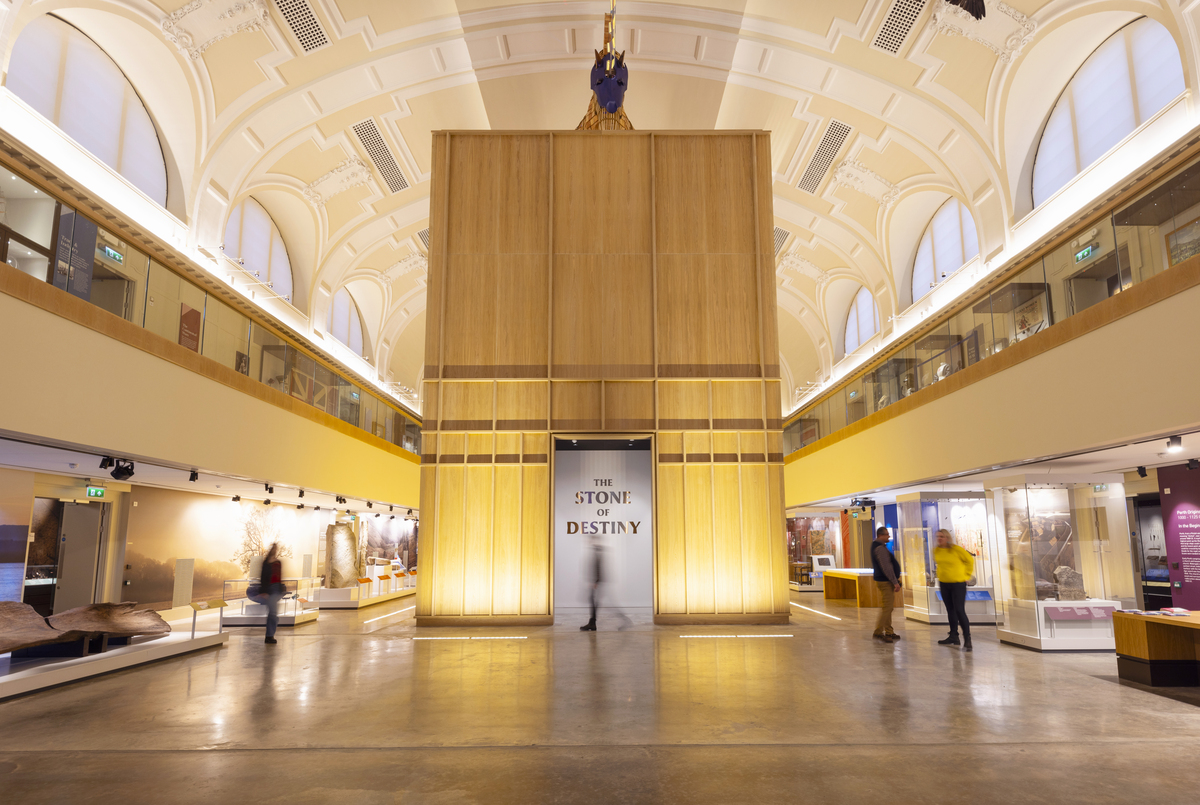
Sorry, something's gone wrong. We can't display this content at the moment.
JavaScript needs to be enabled to watch this video. You can turn this on in your browser settings.
Explore the new Perth Museum
The new Perth Museum opens its doors to the public on Easter Weekend 2024. Visit the new home of the legendary Stone of Destiny.
Sorry, something's gone wrong. We can't display this content at the moment.
JavaScript needs to be enabled to watch this video. You can turn this on in your browser settings.
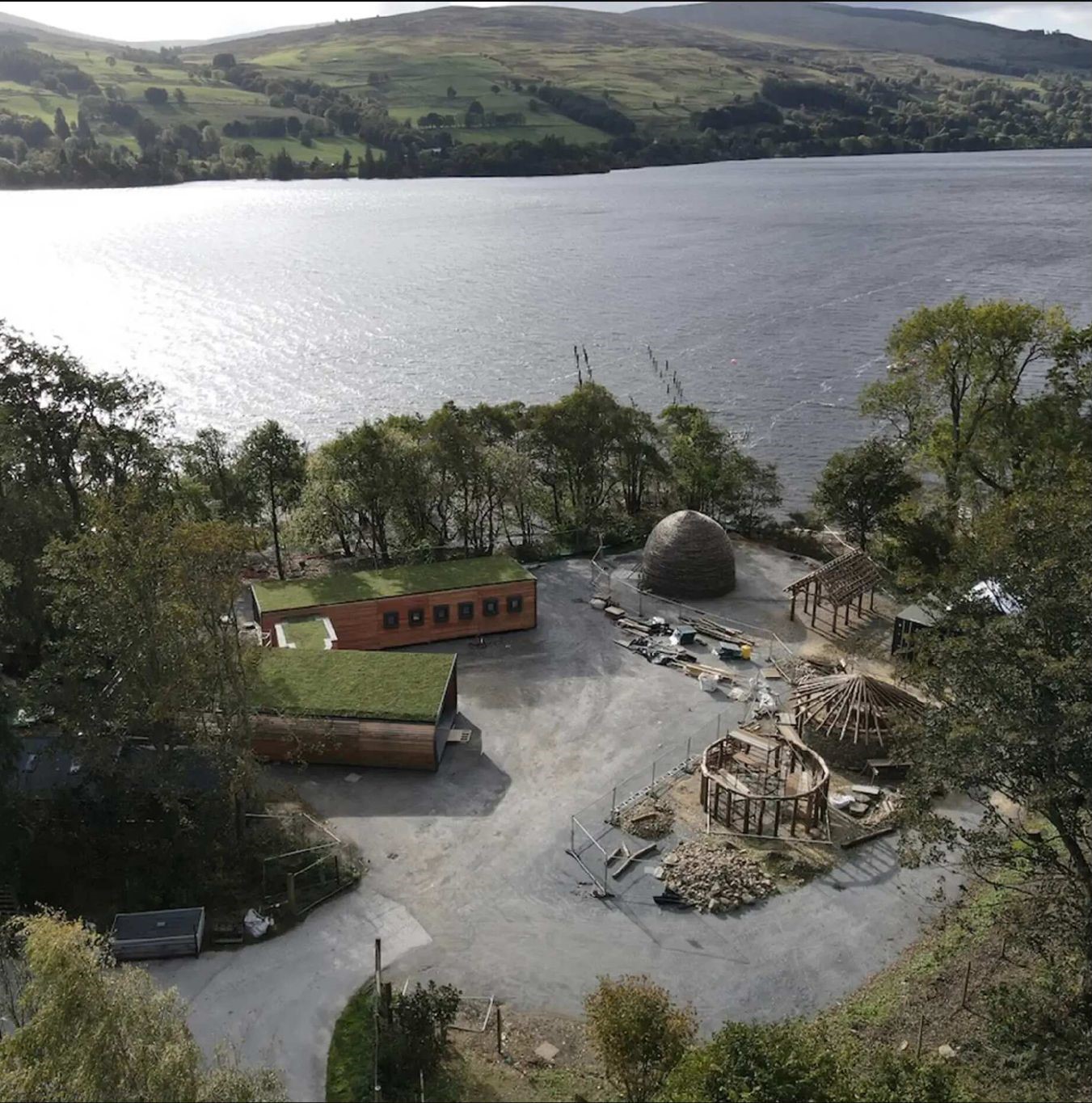
Sorry, something's gone wrong. We can't display this content at the moment.
JavaScript needs to be enabled to watch this video. You can turn this on in your browser settings.
The Scottish Crannog Centre reopening
It's back! The Scottish Crannog Centre re-opened 1 April 2024. Book tickets now for a journey back in time to Scotland's prehistoric past.
Delve into Scotland's history
Sorry, something's gone wrong. We can't display this content at the moment.
JavaScript needs to be enabled to watch this video. You can turn this on in your browser settings.
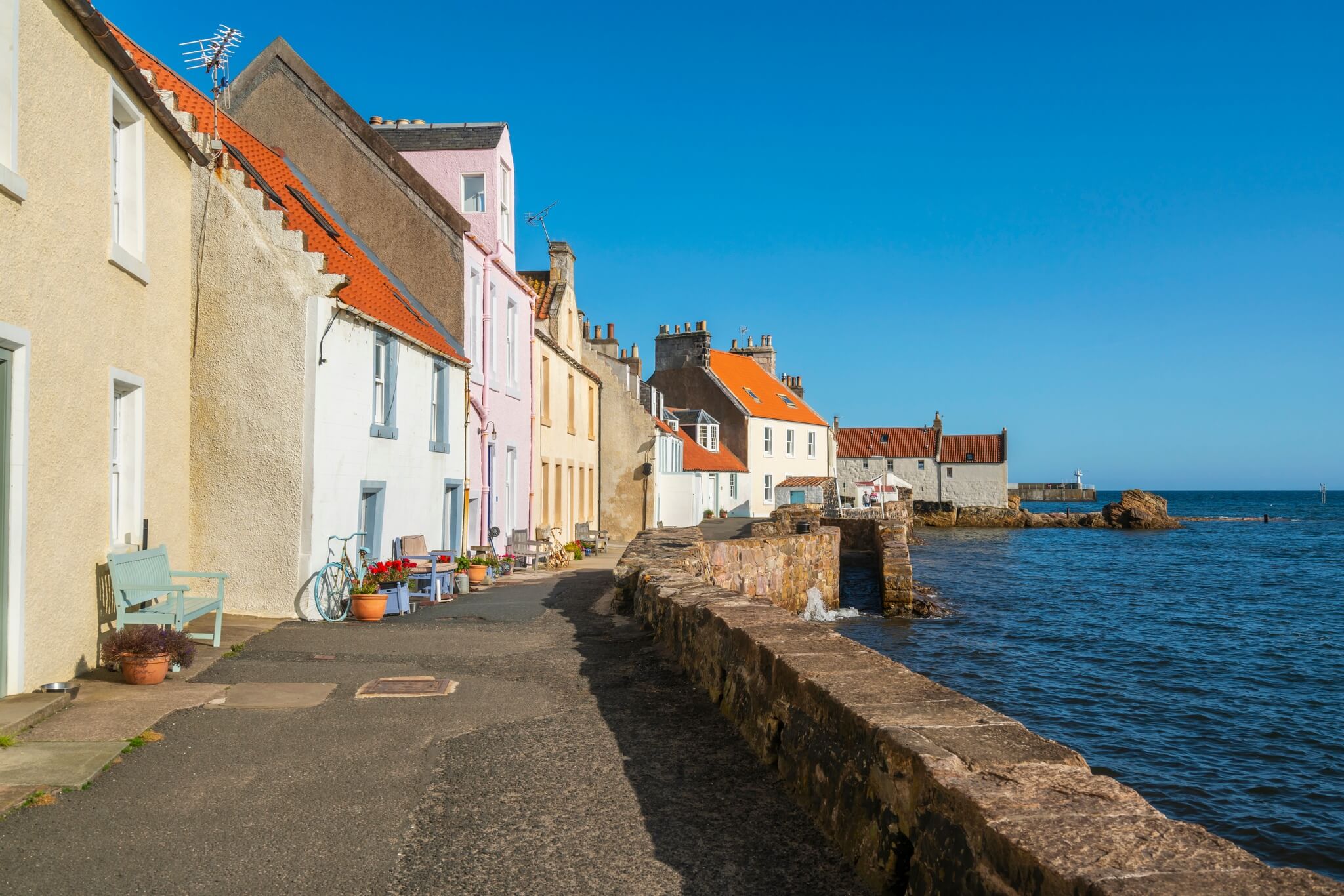
Sorry, something's gone wrong. We can't display this content at the moment.
JavaScript needs to be enabled to watch this video. You can turn this on in your browser settings.
12 Must-Visit Historic Towns in Scotland
Get ready to take a journey through some of the finest historic towns in Scotland.
Sorry, something's gone wrong. We can't display this content at the moment.
JavaScript needs to be enabled to watch this video. You can turn this on in your browser settings.
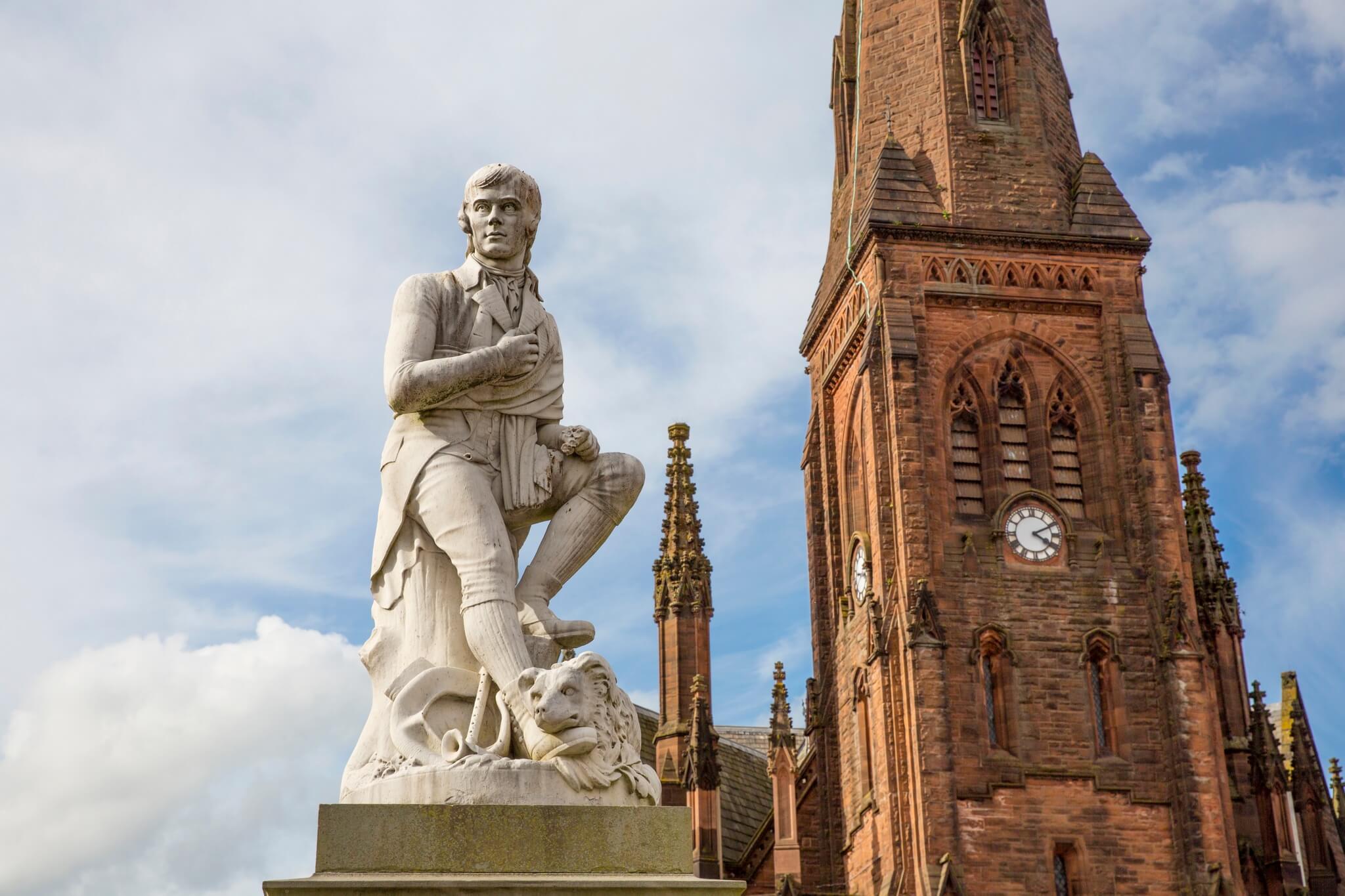
Sorry, something's gone wrong. We can't display this content at the moment.
JavaScript needs to be enabled to watch this video. You can turn this on in your browser settings.
Famous Scots
From Rabbie Burns to Macbeth, there are famous Scots in history and even Hollywood.
Sorry, something's gone wrong. We can't display this content at the moment.
JavaScript needs to be enabled to watch this video. You can turn this on in your browser settings.
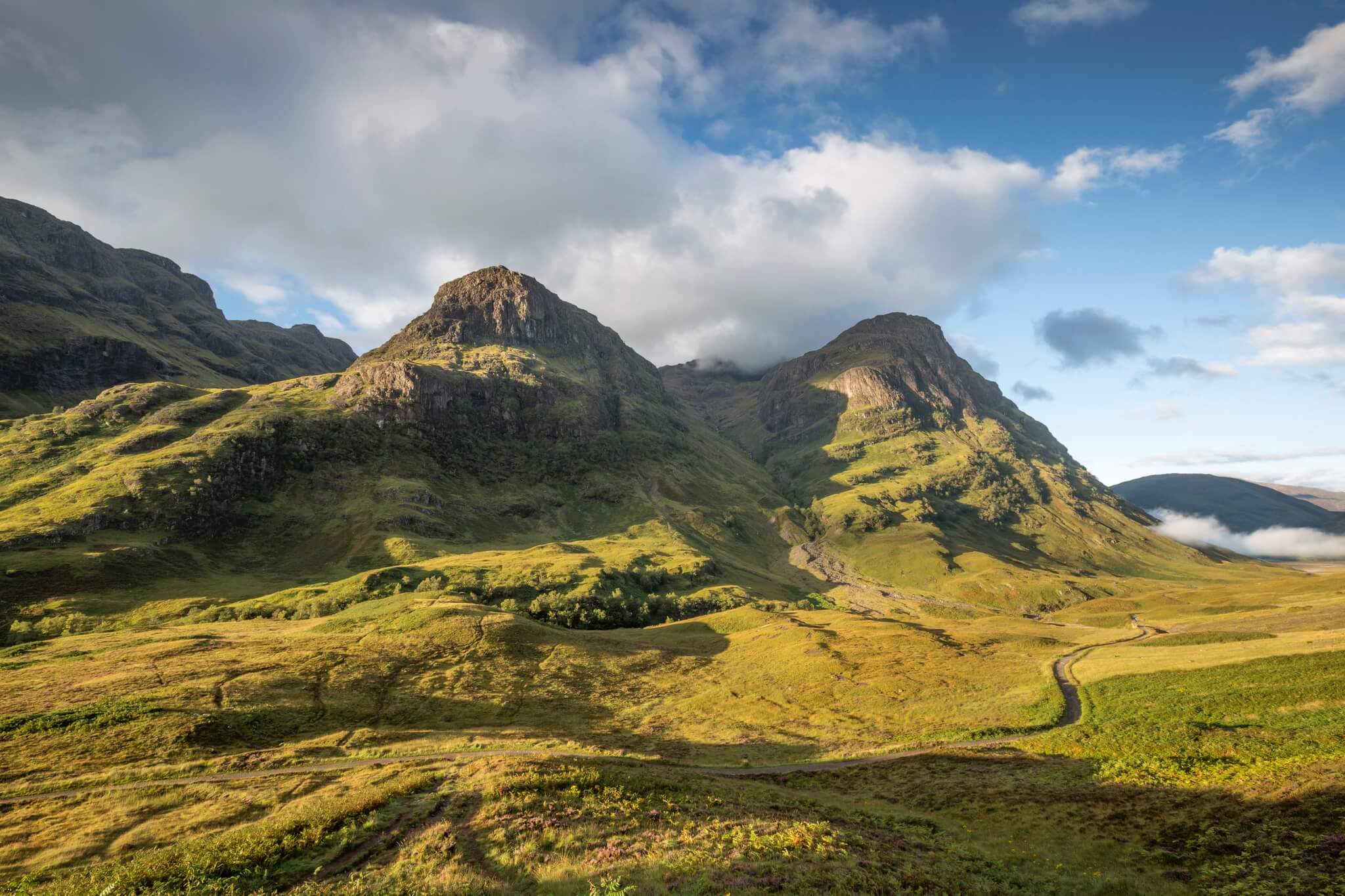
Sorry, something's gone wrong. We can't display this content at the moment.
JavaScript needs to be enabled to watch this video. You can turn this on in your browser settings.
The Jacobite Rebellion
The Jacobite Risings proved a decisive period in Scotland's history
Sorry, something's gone wrong. We can't display this content at the moment.
JavaScript needs to be enabled to watch this video. You can turn this on in your browser settings.
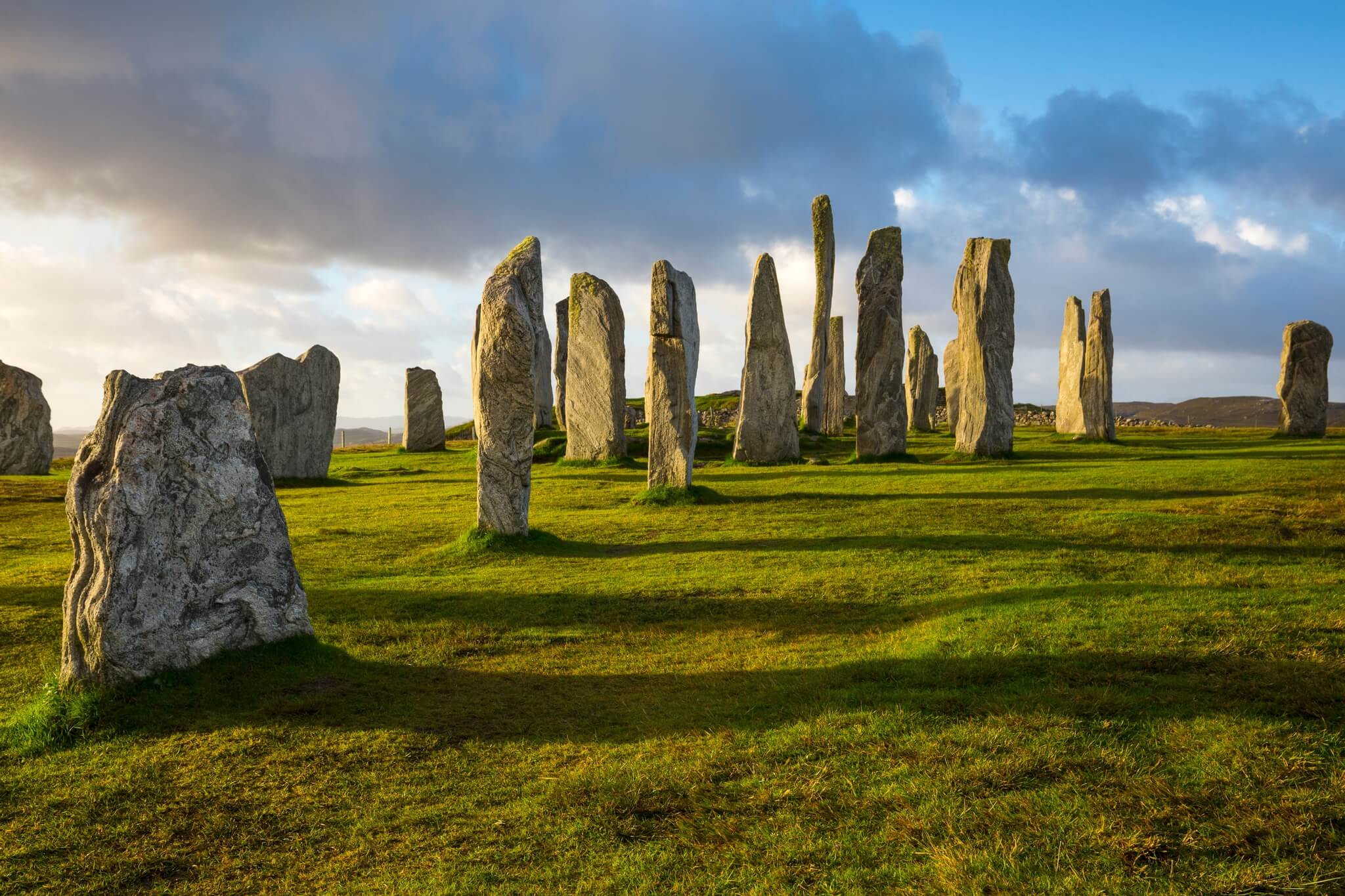
Sorry, something's gone wrong. We can't display this content at the moment.
JavaScript needs to be enabled to watch this video. You can turn this on in your browser settings.
Standing Stones
Scotland's standing stones uncover a fascinating prehistoric past
Sorry, something's gone wrong. We can't display this content at the moment.
JavaScript needs to be enabled to watch this video. You can turn this on in your browser settings.
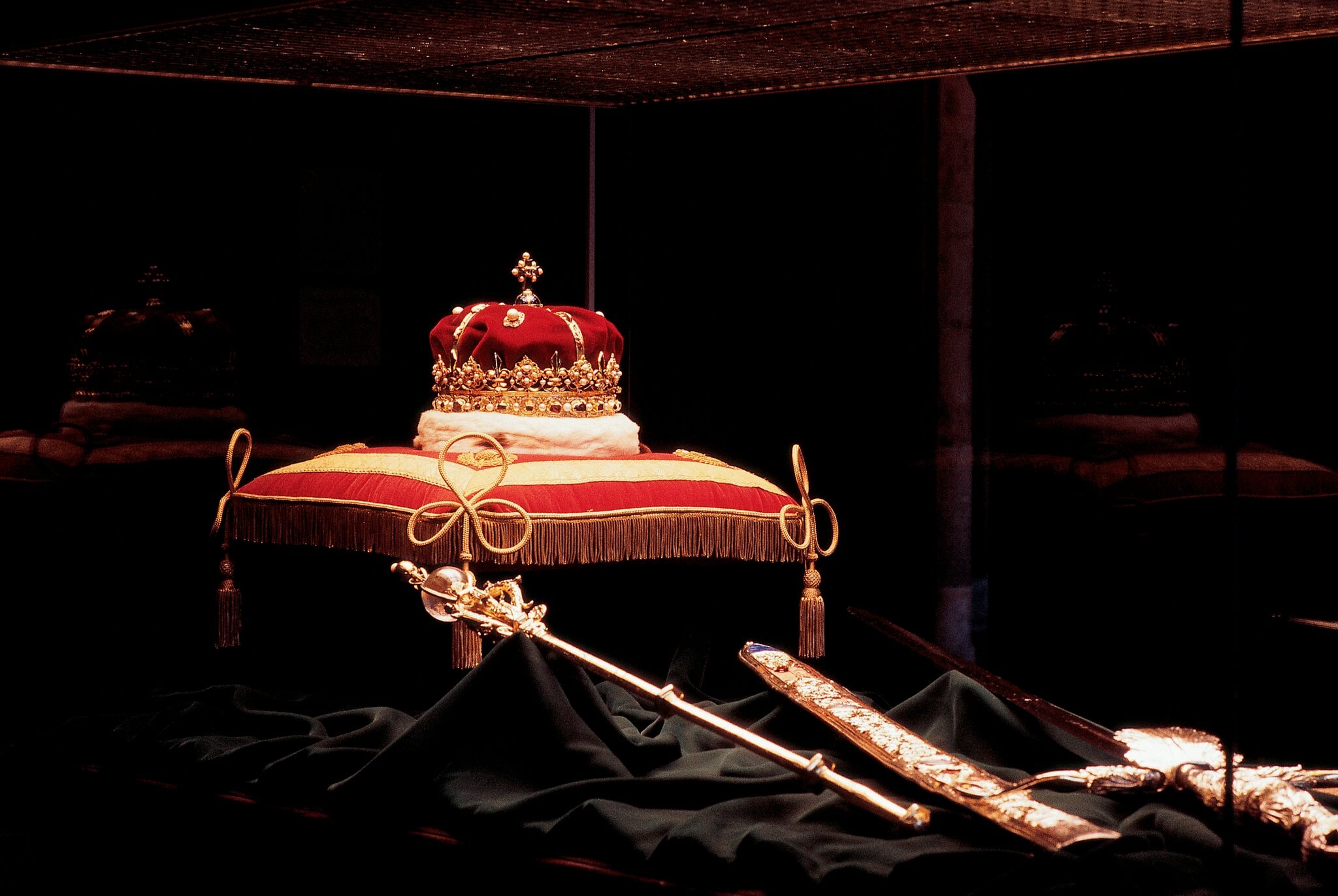
Sorry, something's gone wrong. We can't display this content at the moment.
JavaScript needs to be enabled to watch this video. You can turn this on in your browser settings.
Crown Jewels of Scotland & The Stone of Destiny
Our jewel encrusted crown, elaborate sword and sceptre and the Stone of Destiny.
Sorry, something's gone wrong. We can't display this content at the moment.
JavaScript needs to be enabled to watch this video. You can turn this on in your browser settings.
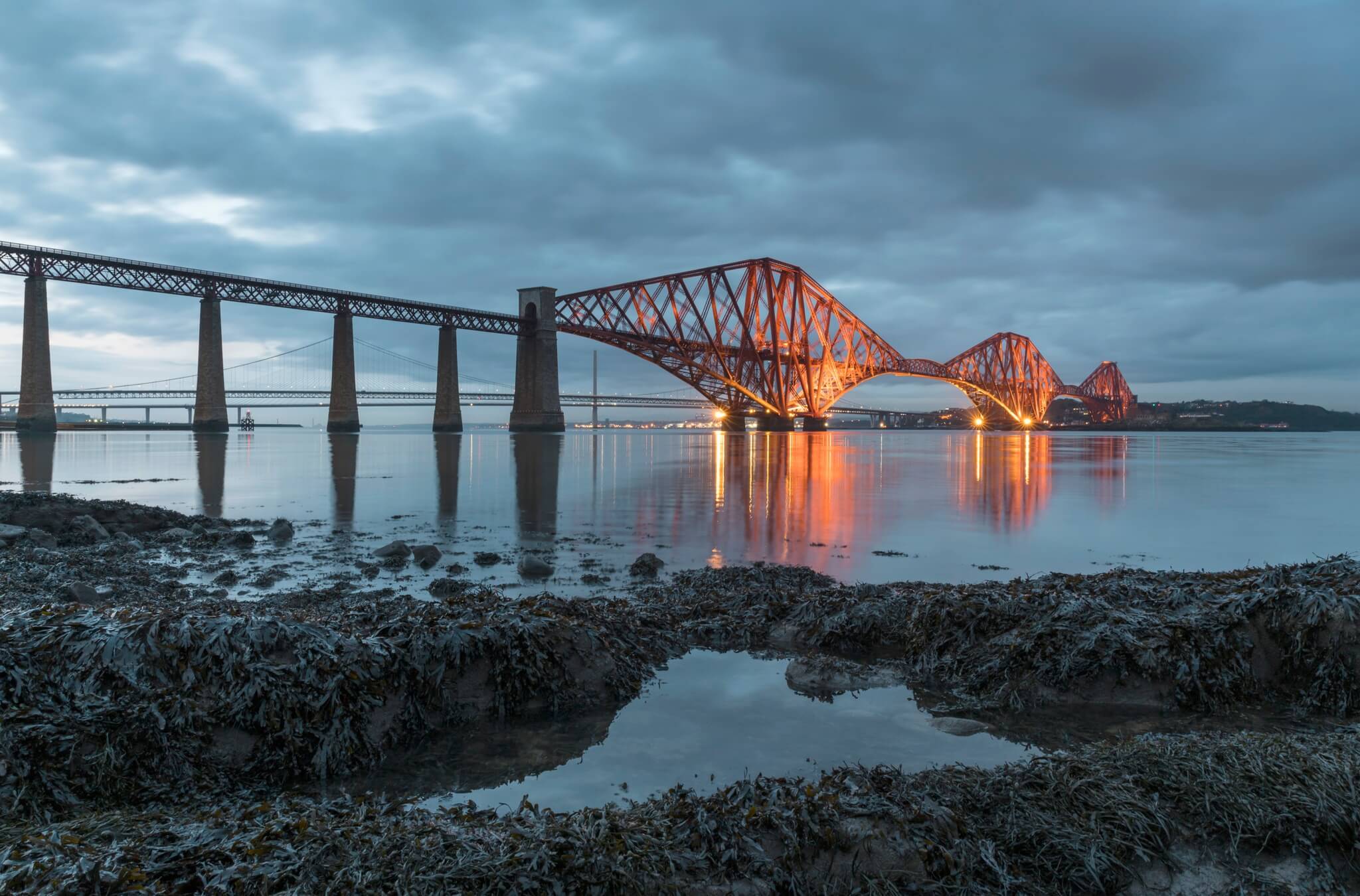
Sorry, something's gone wrong. We can't display this content at the moment.
JavaScript needs to be enabled to watch this video. You can turn this on in your browser settings.
7 Historic Wonders
Discover seven historic wonders in Scotland that should be on your must-see travel list.
Your historic photos of Scotland
Cookies are needed to see social media images from this place.
JavaScript needs to be enabled to see social media images for this place. You can turn this on in your browser settings.
Find experiences
JavaScript needs to be enabled to see this product search form. You can turn this on in your browser settings.
Other things you might like
Join our Newsletter Clan
Get Scotland inspiration direct to your inbox. Don't miss the inside track from our Scotland experts on exciting trip ideas, unique attractions and hidden gems loved by locals.

